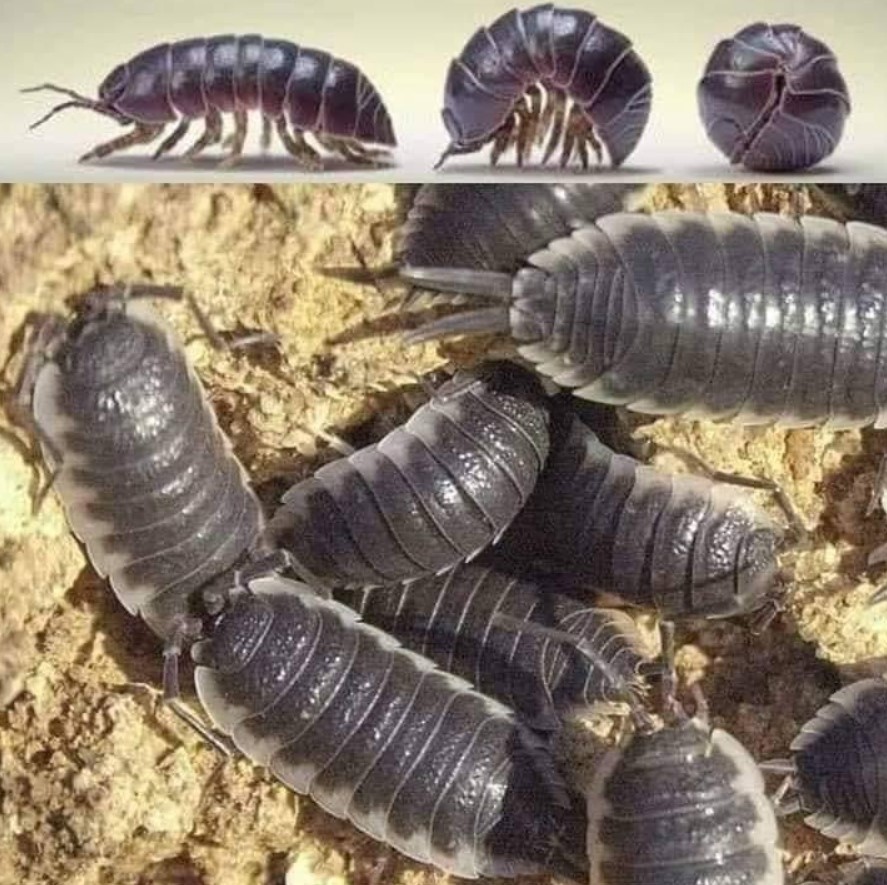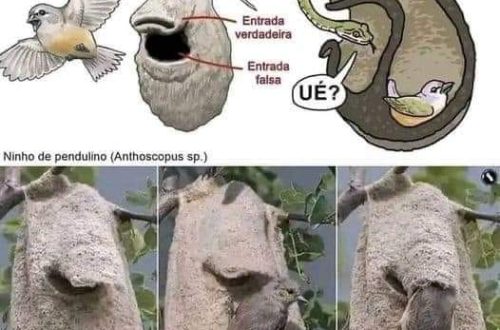You may have found them under a brick or a damp object. You may have felt disgusted and wondered why they exist in nature.
Well, let me tell you, these animals oniscidae, better known as cochineal, are a subgroup of isopod crustaceans whose function is to remove harmful heavy metals to the earth such as mercury, cadmium and lead. they contribute to the cleansing of the soil and groundwater and reaffirm the wisdom of nature.
Do not damage them or spray pesticides
Woodlice play an important role in the cycle of healthy plant life. They return organic matter to the soil so it can be digested further by fungi, protozoans and bacteria. This process produces a natural supply of nitrates, phosphates and other vital nutrients that plants need to thrive.
Do not underestimate the importance of Oniscideas or, more commonly known as woodlice. There are over 5,000 known species of these isopod crustaceans with rigid, segmented, long exoskeleton and fourteen jointed limbs.
So why are they important? Well turn over a log or brick that has been lying around for a while and underneath you may find a collection of woodlice scurrying about. Also known as “rollie pollies” these grey-coloured creatures can be found in many dark, moist environments feeding on decaying matter.
What’s interesting about these creatures is that they are crustaceans and more closely resemble crabs and shrimp, not insects. They are characterised by their ability to roll up into a ball when they feel threatened. Another unique feature is that they have seven pairs of legs. They also act like kangaroos, carrying their eggs around with them in a special pouch called a marsupium, located on their underside. Even stranger, they don’t urinate, instead they exchange gases through gill-like structures.
The magic of woodlice is that they can help re-establish a healthy soil and prevent toxic metal ions from leaching into the groundwater. This means woodlice are also protecting well water from becoming contaminated while stabilising soils.






